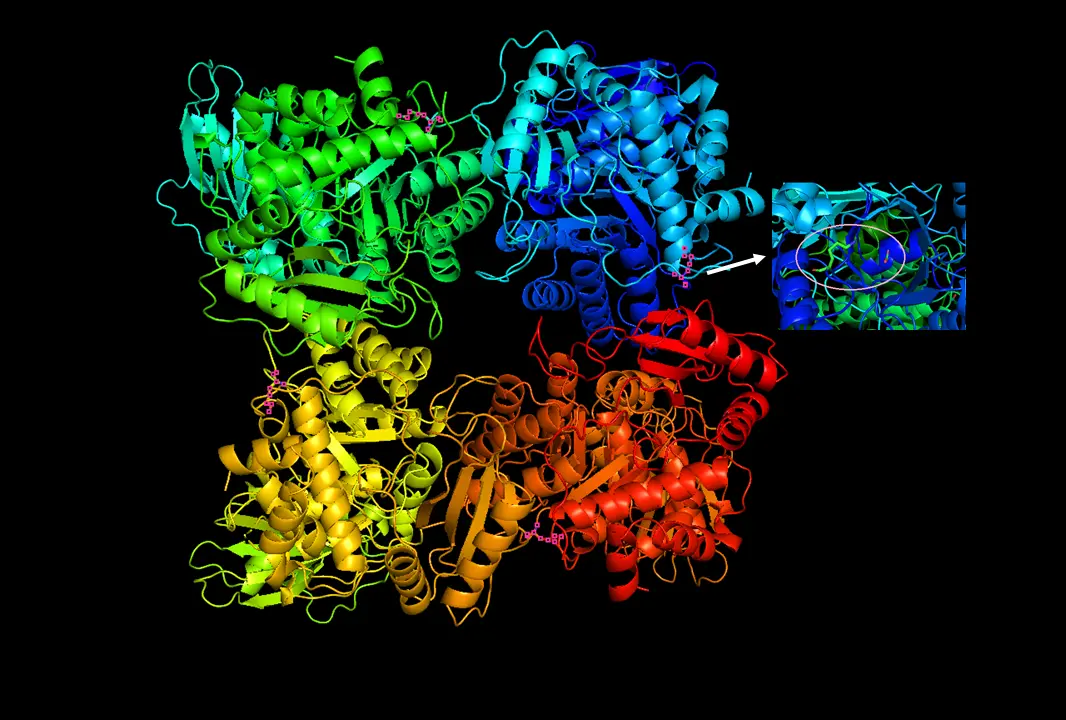Is this the same character that appeared in the course notes margins for Calc or Phys?
This one: https://lemmy.world/post/14325031
A very old enzyme. Still fixing inorganic carbon in the biosphere through yet another mass extinction. Still grabbing the wrong molecule on occasion. Anyway, here are some more phosphoglycerates.
Kill your lawn, grow a garden. As you do this, look within and do the same.
Is this the same character that appeared in the course notes margins for Calc or Phys?
This one: https://lemmy.world/post/14325031
There was a bit of a drought, but it rained again.


Gotcha. Cheers!


Hahaha, ok I won’t.
And it was really the second paragraph I wanted to post. You’re right, the first part could be fiction, but it feels quite real right now, which is why I liked it as well. But the second part is undeniable. Challenge them anywhere and everywhere; on everything, on all their lies. Turn their world upsidedown, tear asunder their illusions, send the sanctuary of their ignorance crashing down around them.
Anyway, hard agree, no post to BestOf, best bullying wishes to you, may your references quickly spring to mind during your future arguments.


Sweet Jesus, Everett. Can I post this to c/BestOfLemmy?


‘Come on, babe. Lots of people are doing it. It’s ok. Totally not psychological torture or psyops. Just one more location. It’ll totally solve the problem. Come on, everyone’s doing it.’
I can hear this photo. Take some fluorescent bulbs along and go at night.
I love that one is named Nepenthes.
Corrected
He cannot complete the race if he cannot move. He is nearer to you than the finish line or the nearest obstacle. They attached a maceflail to your leg. Perhaps today is a good day…
That press can really handle the pressure. What’s the estimated PSI on that 4th panel? Looks like half of the volume has been compressed. Supercritical french press!


“This is the holy grail,” says the Northwestern University immunologist Stephen Miller. “We want to use a scalpel rather than a sledgehammer to treat these diseases.”

Unfortunate coincidence aside, really interesting research. Auto-immune diseases suuuuck.


Must be the shortage of orgy porgy and the high price of decent soma.
Gotcha. It’s good stuff, I like your work. Cheers!